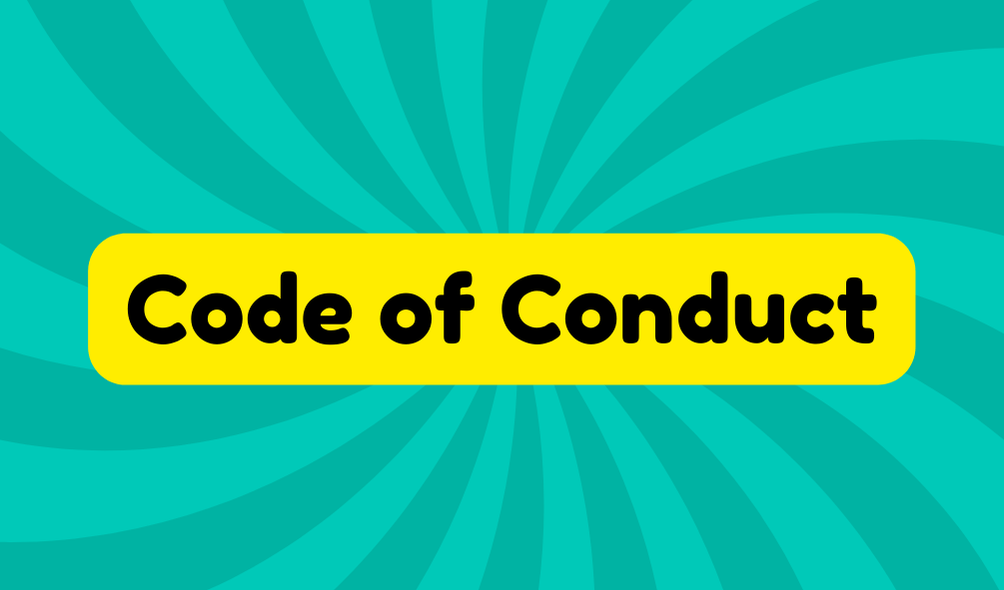A code of conduct is your group's set of ethical guidelines and expectations that help maintain order and integrity. It originated from ancient civilizations like Babylon, where rules shaped community behavior. For example, schools often have anti-bullying policies to create a safer environment. When you don't follow these rules, there can be real consequences. The importance of a code hasn't faded; it still promotes ethical behavior and smooth interactions. You might wonder why such codes matter today, especially when some seem outdated. If you stick around, you'll discover how they can still be relevant and effective in your life.
Synonyms
When discussing the code of conduct, you might encounter several synonyms that capture its essence. These terms not only reflect the guiding principles behind behavioral standards, but also the expectations communities set for their members. Here are a few key synonyms:
- Ethical guidelines
- Conduct rules
- Behavioral expectations
- Normative principles
Each synonym emphasizes the need for order and respect among individuals. It's essential to question whether these codes genuinely promote ethical behavior or simply serve as rigid frameworks that stifle innovation. Skepticism about their effectiveness is healthy, as it encourages continuous improvement. Remember that while codes of conduct are significant, their true value relies on how they're embraced and lived out by every member of the community.
Example of Sentences
Understanding the code of conduct can be simplified through practical examples that illustrate its application in various settings. Consider these scenarios highlighting the significance of effective communication and workplace ethics:
- An organization's code demands all employees to respect shared spaces to foster collaboration.
- A school's code prohibits bullying to maintain a safe, inclusive environment.
- Following the code about punctuality reflects professionalism and respect for others' time.
- Non-compliance with the code can lead to consequences, urging members to prioritize ethical behavior.
These examples not only show what's expected but also underline that following a code isn't just about rules; it's about creating a culture of integrity. You've got to understand that this framework guides behavior and helps prevent conflicts, ensuring smooth operations and better relationships.
Origin
Codes of conduct have a rich history that dates back to ancient civilizations. They weren't just rules; they had historical significance, guiding behavior in societies like Babylon, where King Hammurabi first recorded such principles. Fast forward to the modern era, and you'll find cultural variations in these codes, reflecting the unique values of different communities. For instance, President Eisenhower introduced a detailed code in the U.S. in 1955, but its effectiveness raised questions about relevance in evolving environments. While codes are essential for order, often their applicability can be superficial, failing to address real issues at hand. Understanding the origin of these codes helps you appreciate their ongoing impact and the need for innovation in creating effective guidelines.
Collocations
In the domain of organizational behavior, certain collocations surrounding "code of conduct" frequently emerge, enhancing understanding and application. These phrases can help you grasp the significance behind ethical standards and behavioral guidelines, leading to a stronger culture within your organization. Here are a few vital collocations:
- Establish ethical standards – This shapes the core of your conduct approach.
- Adhere to behavioral guidelines – Following these rules is essential for harmony.
- Maintain integrity – Upholding honesty is key to trust among members.
- Foster collaboration – Encouraging teamwork helps meet collective goals.
Recognizing and using these collocations can empower you to foster a more robust organizational climate, yet remember that mere words won't substitute for genuine commitment to the principles they represent.
How to Use in Everyday Language
Integrating a code of conduct into everyday conversations can greatly enhance your communication effectiveness. You might wonder how this works in your daily life. In your workplace, discussing these principles can lead to more respectful interactions and better teamwork. When you bring up the code during meetings, you set clear expectations and accountability. This everyday application encourages a shared understanding of acceptable behavior among colleagues. Additionally, using specific language related to the code can spark discussions and promote innovation. Still, it is crucial to recognize that codes aren't perfect and can sometimes be ignored or misunderstood. Therefore, you should continuously evaluate their relevance in your workplace usage, ensuring they reflect your organization's evolving values and aspirations.
Why Is It Still Relevant Today?
Recognizing the evolving nature of societal norms highlights why a code of conduct remains essential today. Its importance today lies not only in promoting ethical behavior but also in guiding individuals through complex situations. In a world that thrives on innovation and change, having clear standards can prevent misunderstandings and conflicts. The impact on society is profound; when everyone understands expected behavior, interactions tend to be smoother and more productive. Without a code, chaos can easily arise, leading to mistrust and division. While some might argue codes feel outdated, they actually provide a necessary framework, adapting to current issues. Ignoring this framework could leave us maneuvering a confusing landscape where respect and accountability are at risk, underlining the ongoing necessity of a code of conduct.







